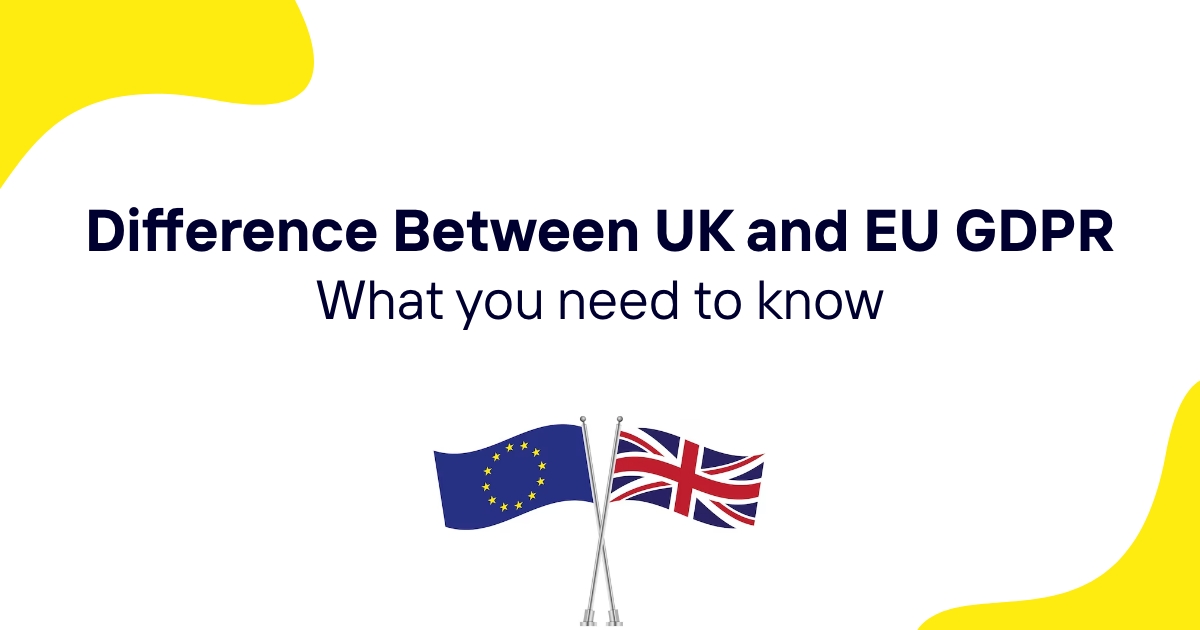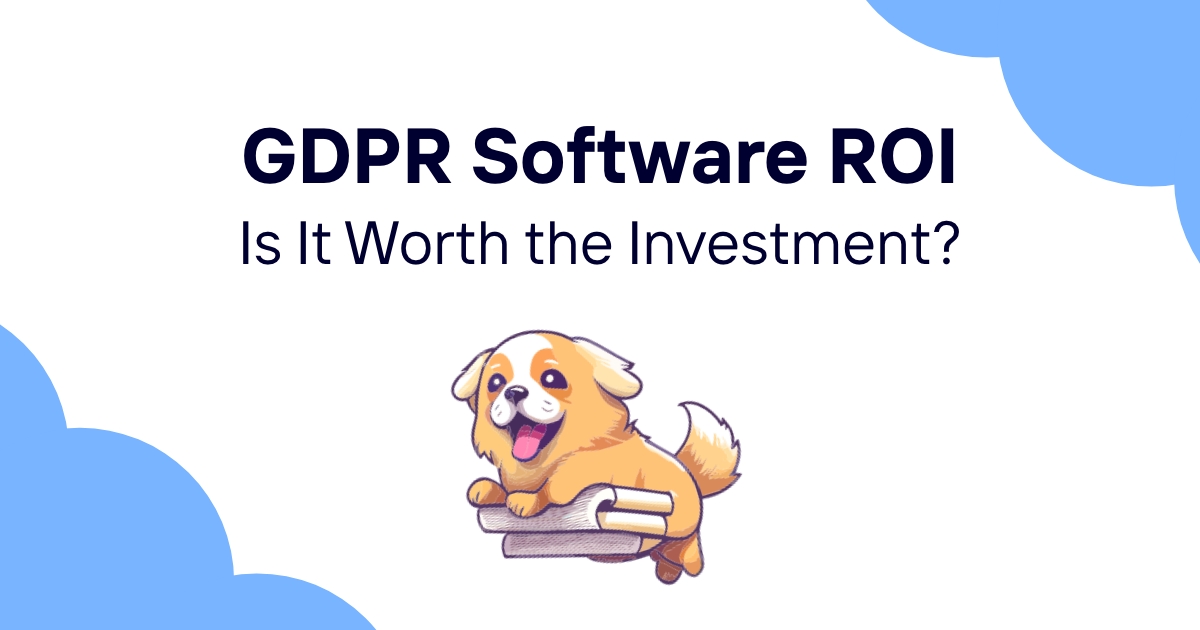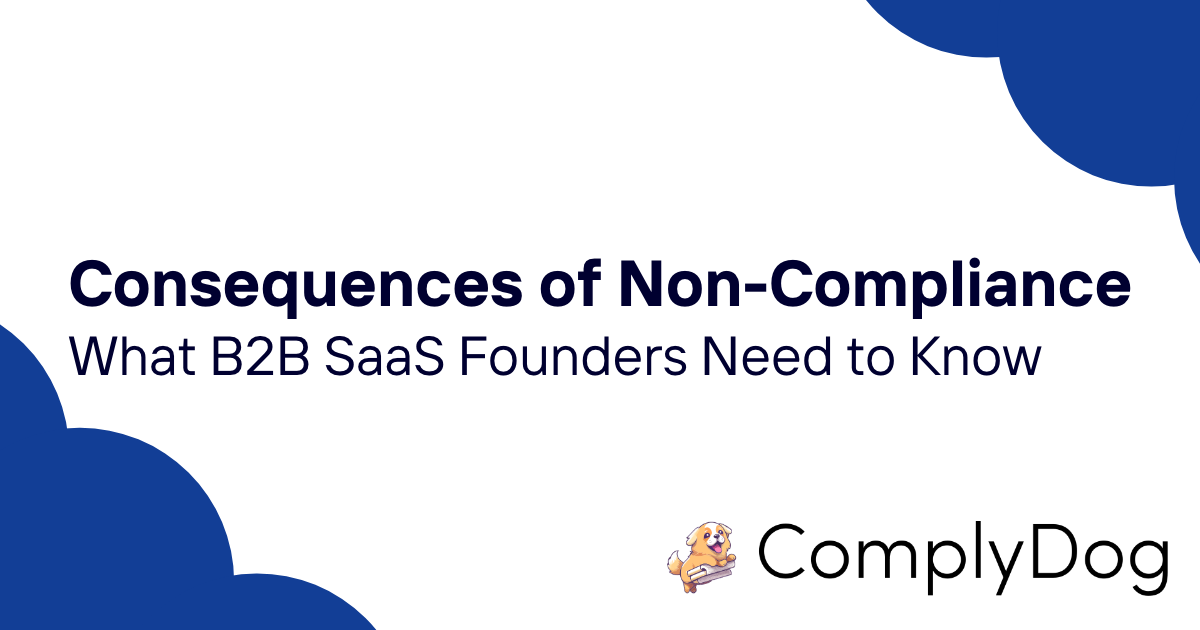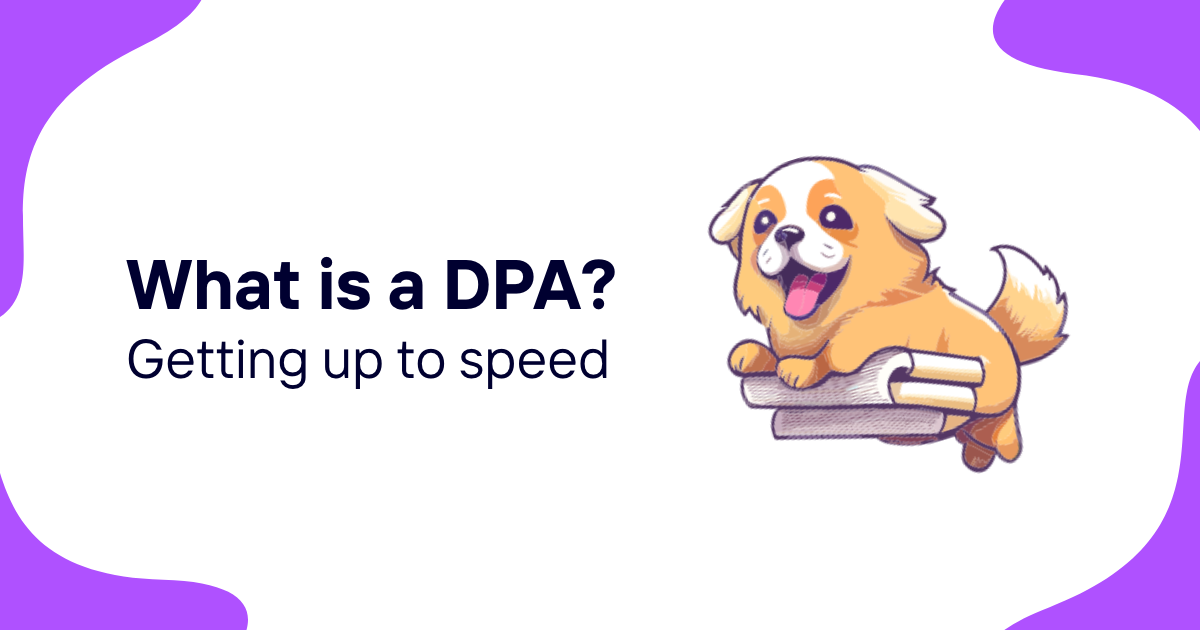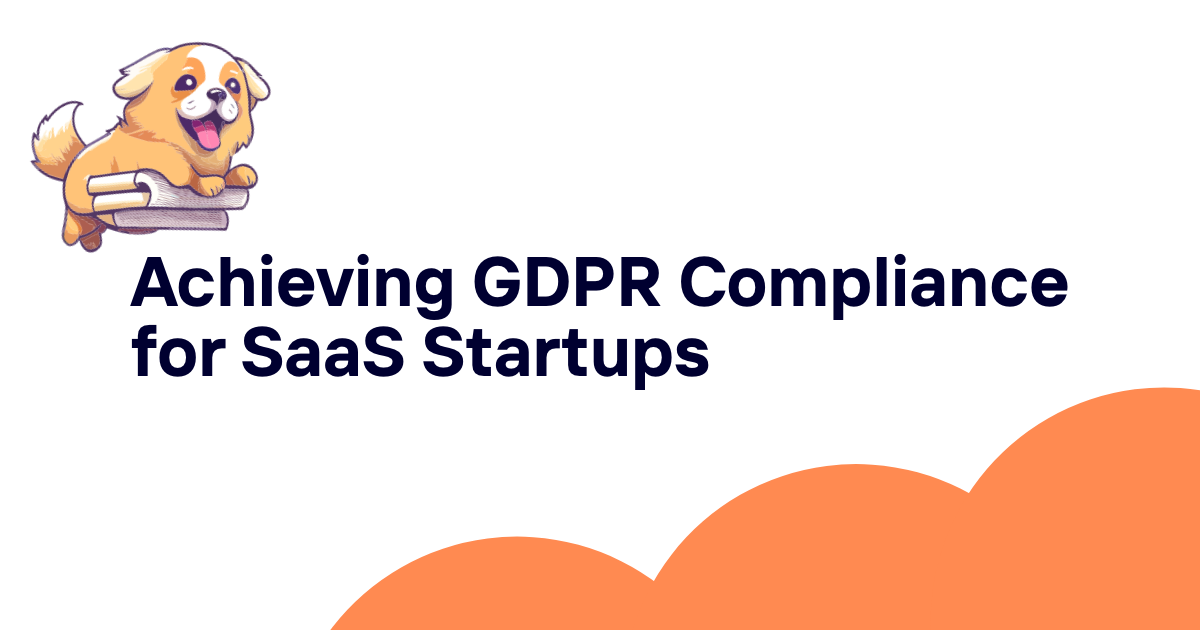Introduction
The General Data Protection Regulation (GDPR) has significantly impacted how organizations handle personal data across Europe. However, with the United Kingdom's exit from the European Union, a new layer of complexity has emerged in data protection regulations. This comprehensive guide explores the key differences between the UK GDPR and EU GDPR, helping businesses navigate the nuanced landscape of data protection in both jurisdictions.
Table of Contents
- Overview of UK and EU GDPR
- Key Similarities
- Significant Differences
- Implications for Businesses
- Compliance Strategies
- Future Developments
- Conclusion
Overview of UK and EU GDPR
The EU GDPR, implemented in May 2018, set a new global standard for data protection. Following Brexit, the UK incorporated the GDPR into its domestic law, creating the UK GDPR. While the two regulations share many core principles, there are notable differences that organizations must understand to ensure compliance in both jurisdictions.
Key Similarities
Before delving into the differences, it's important to recognize that the UK and EU GDPR share many fundamental principles:
- Data protection principles (lawfulness, fairness, transparency, purpose limitation, data minimization, accuracy, storage limitation, integrity, and confidentiality)
- Legal bases for processing personal data
- Data subject rights (access, rectification, erasure, restriction, portability, and objection)
- Requirements for privacy notices
- Data breach notification obligations
- Data protection impact assessments (DPIAs)
- Data protection by design and by default
These shared foundations mean that organizations complying with one regulation will likely be well-positioned to comply with the other, but attention to detail is crucial.
Significant Differences
Territorial Scope
EU GDPR: Applies to organizations established in the EU and those outside the EU that offer goods or services to, or monitor the behavior of, EU data subjects.
UK GDPR: Applies to organizations established in the UK and those outside the UK that offer goods or services to, or monitor the behavior of, UK data subjects.
This difference means that organizations may need to comply with both regulations if they operate in or target individuals in both the UK and EU.
Data Protection Authority
EU GDPR: Overseen by the European Data Protection Board (EDPB) and national supervisory authorities in each EU member state.
UK GDPR: Regulated by the Information Commissioner's Office (ICO) in the UK.
Organizations dealing with cross-border processing may need to interact with multiple authorities under the EU GDPR, while the UK has a single regulatory body.
Data Transfers
EU GDPR: Allows free flow of personal data within the EU/EEA. Transfers to third countries require an adequacy decision or appropriate safeguards.
UK GDPR: The UK has its own adequacy regulations for third countries. The EU has granted the UK adequacy status, allowing data flows from the EU to the UK, but this is subject to periodic review.
This distinction is particularly important for international businesses managing data flows between the UK, EU, and other countries.
Representative Requirements
EU GDPR: Non-EU organizations subject to the GDPR must appoint a representative in the EU.
UK GDPR: Non-UK organizations subject to the UK GDPR must appoint a representative in the UK.
This means that some organizations may need to appoint representatives in both jurisdictions to ensure compliance.
Age of Consent
EU GDPR: Sets the age of consent for data processing at 16, but allows member states to lower it to 13.
UK GDPR: Sets the age of consent at 13.
Organizations targeting younger audiences must be aware of this difference when obtaining consent for data processing.
Implications for Businesses
The divergence between UK and EU GDPR creates several implications for businesses:
-
Dual Compliance: Many organizations will need to comply with both regulations, potentially increasing administrative burden and costs.
-
Data Mapping: Businesses must clearly understand where their data subjects are located and where data is being processed to determine which regulation(s) apply.
-
Policy Updates: Privacy policies, consent mechanisms, and data processing agreements may need to be updated to reflect the nuances of both regulations.
-
Representative Appointments: Some organizations may need to appoint representatives in both the UK and EU.
-
Data Transfer Mechanisms: With the UK now considered a third country by the EU, organizations must ensure appropriate safeguards are in place for UK-EU data transfers.
-
Risk Assessment: The divergence may introduce new risks, particularly around data transfers and regulatory enforcement, requiring updated risk assessments.
Compliance Strategies
To navigate the complexities of UK and EU GDPR compliance, consider the following strategies:
-
Conduct a Gap Analysis: Assess your current compliance measures against both regulations to identify areas needing attention.
-
Implement a Unified Approach: Where possible, adopt the strictest requirements of both regulations to simplify compliance efforts.
-
Review Data Flows: Carefully map data flows between the UK, EU, and other countries to ensure appropriate transfer mechanisms are in place.
-
Update Documentation: Revise privacy notices, consent forms, and internal policies to reflect the requirements of both regulations.
-
Appoint Representatives: If necessary, appoint representatives in both the UK and EU to meet regulatory requirements.
-
Monitor Regulatory Developments: Stay informed about any changes or guidance from the ICO and EDPB to ensure ongoing compliance.
-
Train Staff: Ensure employees are aware of the differences between UK and EU GDPR and understand their responsibilities under both regulations.
-
Implement Robust Data Protection Measures: Adopt strong technical and organizational measures to protect personal data, meeting the requirements of both regulations.
Future Developments
The landscape of data protection regulation continues to evolve:
- The UK government has expressed interest in reforming data protection laws to promote innovation while maintaining high standards of data protection.
- The EU's adequacy decision for the UK is set for review, which could impact data transfers between the two jurisdictions.
- Both the UK and EU are developing regulations around artificial intelligence and its implications for data protection.
Organizations must stay vigilant and adaptable to these potential changes to maintain compliance and protect personal data effectively.
Conclusion
While the UK and EU GDPR share many common principles, the differences between them present unique challenges for organizations operating across both jurisdictions. By understanding these nuances and implementing comprehensive compliance strategies, businesses can navigate the complex data protection landscape effectively.
Compliance with data protection regulations is not just a legal requirement but also a cornerstone of building trust with customers and partners. As the digital economy continues to evolve, organizations that prioritize data protection and demonstrate a commitment to respecting individual privacy will be well-positioned for success in both the UK and EU markets.
Remember, data protection is an ongoing process. Regular reviews, updates to policies and practices, and a proactive approach to compliance will help organizations stay ahead of regulatory changes and maintain the highest standards of data protection.
